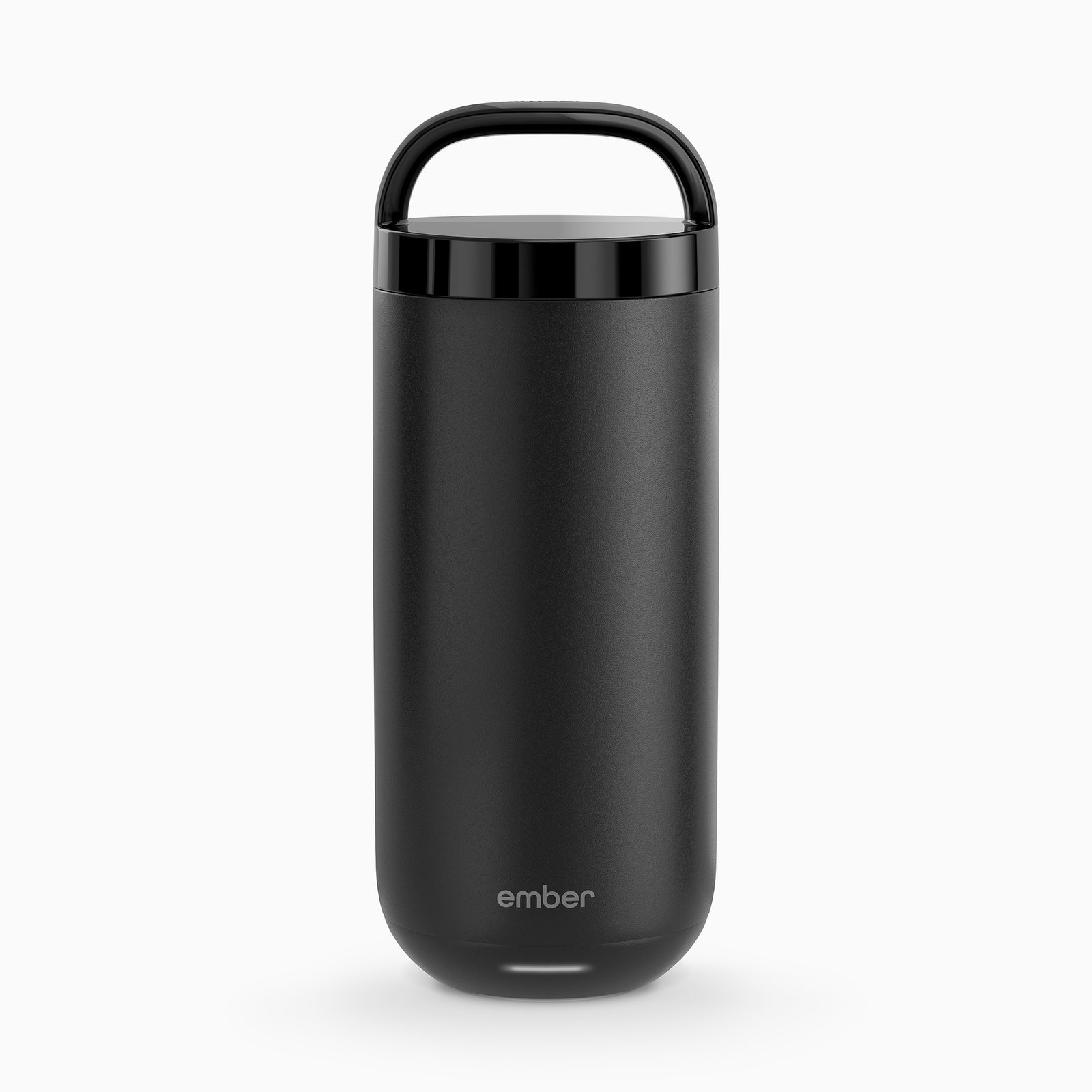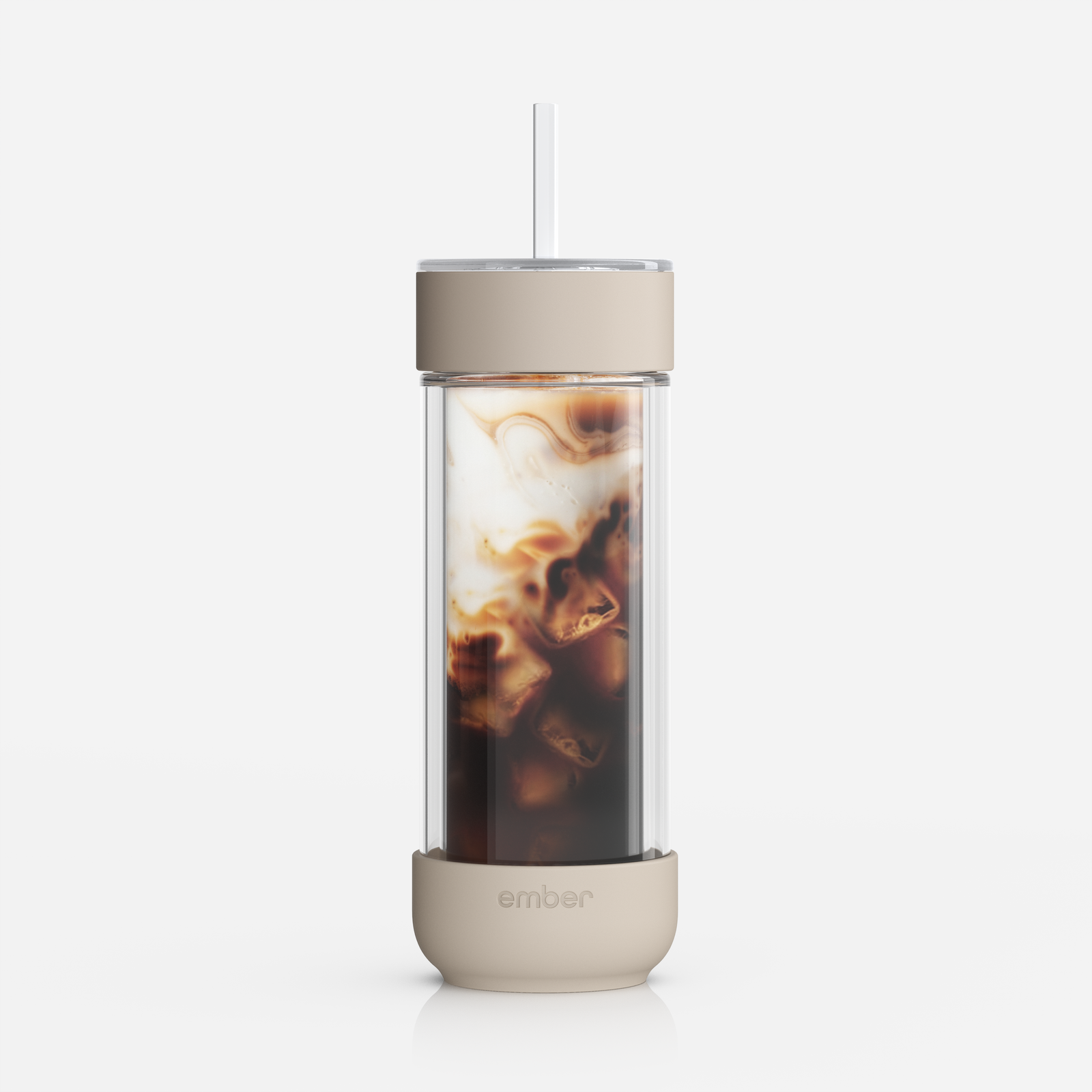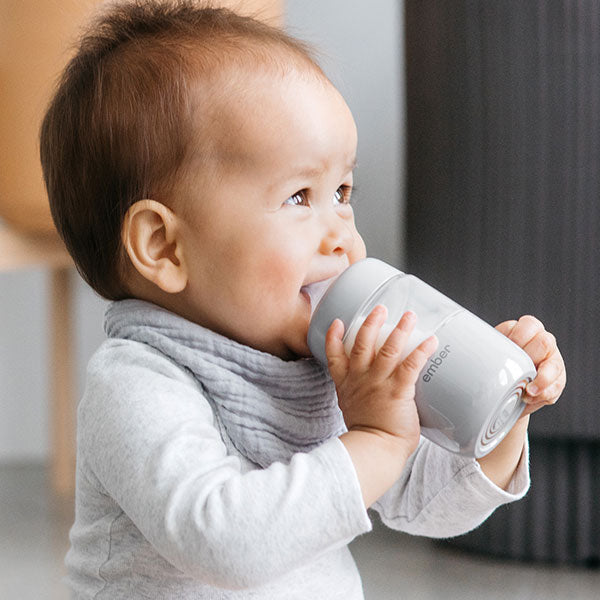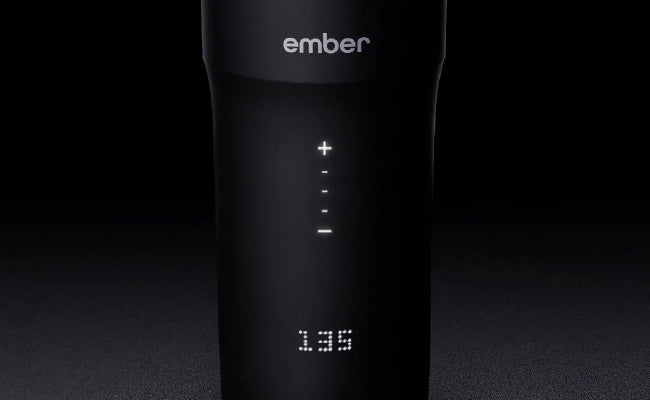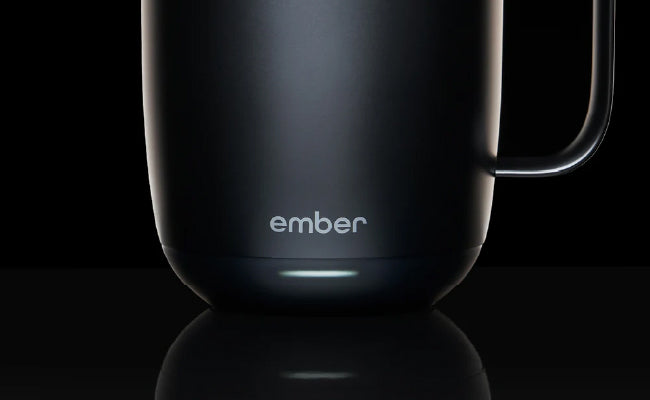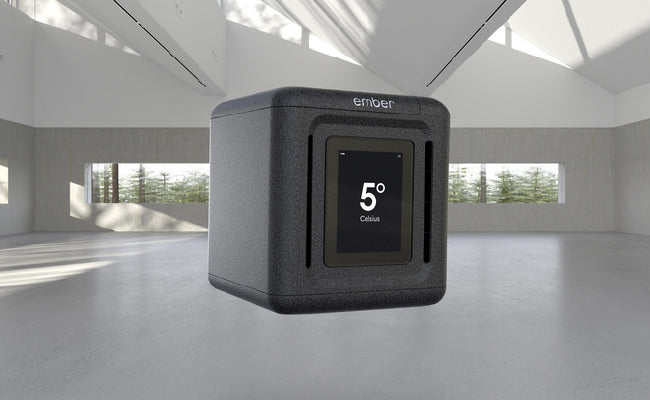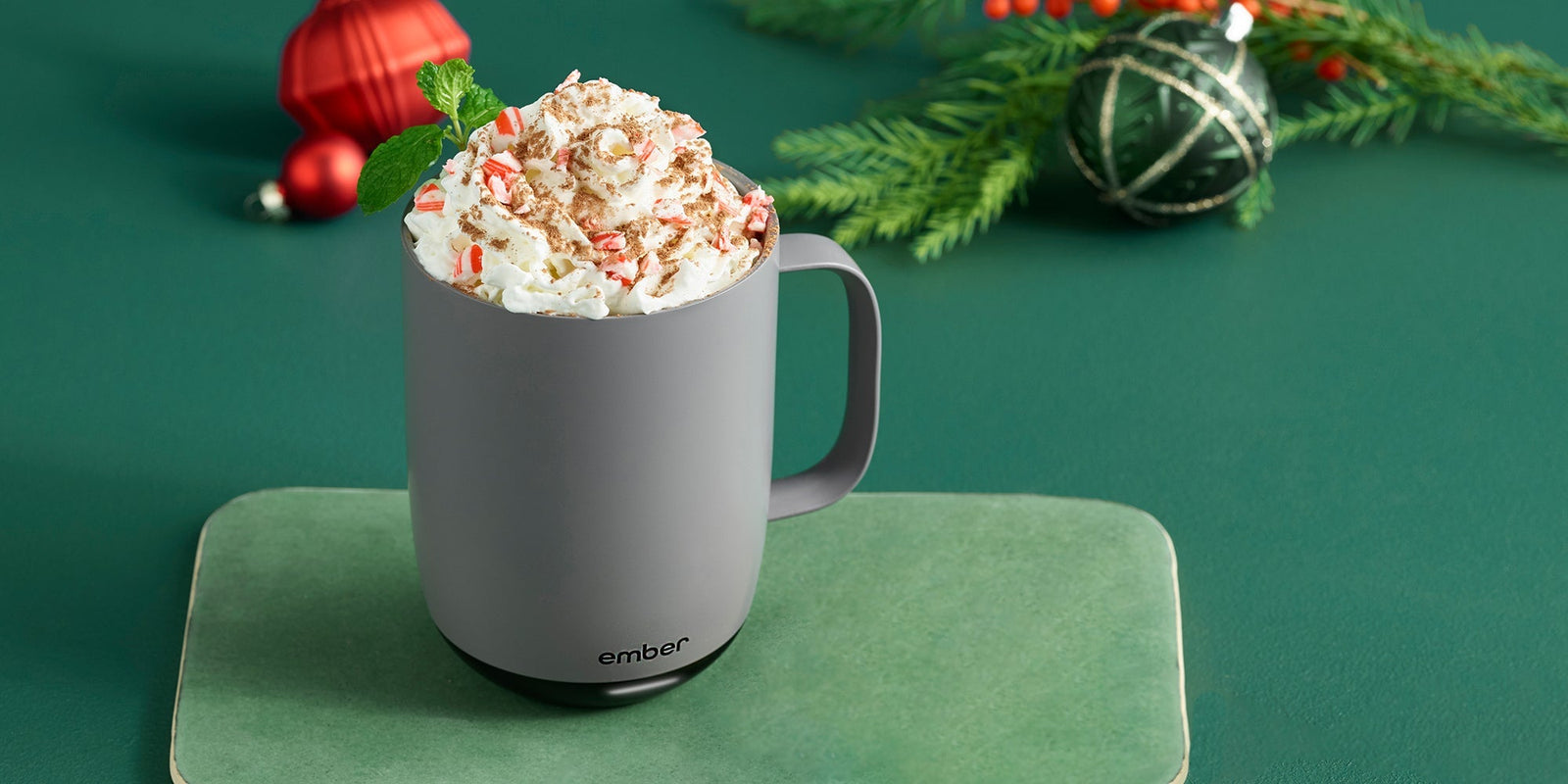As a pediatrician and a mom of three, I know that safety is always at the top of all parent's and caregiver's minds. We put our infants in age-appropriate and correctly installed car seats, ensure they sleep on their back in their own sleep space, and even baby-proof the entire house before they start crawling or walking. Yet, when it comes to feeding, there are some safety precautions that many new parents may not know about, but they can make a world of difference regarding safety.
Feeding our infant is second nature, but there are things that we should keep in mind to help keep our infants safe, including what we need to be mindful of when it comes to milk, bottles, positioning, and introducing solid foods. The good news is that it's easier than it may seem initially.
What Parents Need to Know
Feeding our infants is something that we are going to have to do, but they don't come with a manual. Knowing what should be done and when is a little more challenging. Whether you are breastfeeding, formula feeding, or combo feeding, there are some safety tips to keep in mind to ensure the nutrition you are giving your baby is safe and nutritious.
Here are safety and infant feeding tips for those who will be using breast milk:
- Breast milk can be pumped directly into special storage bags designed for the refrigerator or freezer. This takes the guesswork out of storing the expressed milk and helps protect its integrity.
- To thaw or warm breast milk for serving, hold the bag or bottle containing the breast milk under warm water or use a bottle warmer or a self-warming baby bottle. Ember has designed a good one that helps guard against hot spots and will ensure the milk is at the perfect temperature so you can immediately begin feeding your baby.
- Never microwave breast milk because it will destroy the healthy infection-fighting antibodies in your milk. It can also cause the milk to heat unevenly, which could seriously burn a baby’s mouth.
- Freshly expressed or pumped, thawed, previously frozen, or leftover milk varies in how long they can still be used after being left out in the refrigerator and the freezer. The Centers for Disease Control and Prevention has a helpful chart showing the guidelines you can use.

See CDC chart for milk and formula storage.
Here are safety and infant feeding tips for those who will be using infant formula:
- Feeding your infant formula has similar safety guidelines to keep in mind. Start by opting for a clean-label certified infant formula, which means it’s independently tested for toxins, heavy metals, plasticizers, etc.
- Choose a formula sold in the US, and follow the mixing directions on the package. Once the formula is mixed, it will last up to 24 hours in the fridge. Formula left out at room temp should be used within 1 hour.
- Again, when warming infant formula, it's best to refrain from microwaving as that can heat the formula unevenly. It's also vital to avoid boiling water or carrying hot water to heat a bottle near your baby, as too many babies are accidentally burned during the process. An easier and safer option is the Ember self-warming baby bottle; with the touch of a button, it will warm your baby's milk to the precise temperature for safe feeding and guard against the milk having any hot spots or anything that could cause accidental burn.
Safe Positioning Tips
Knowing how to prepare the infant's food is only half of the equation. It's also important to know what position to use to help keep your baby safe and comfortable. Whether you are breastfeeding or bottle feeding, there are some simple positioning tips you will want to keep in mind.
When breastfeeding, the safest position for feeding and swallowing should have the baby's ear, shoulder, and hip aligned. In addition, the baby should be tummy to tummy or chest to chest with mom. If your baby is spitting up or having any signs or symptoms of reflux, try to angle them a little more upright so gravity can help keep milk down. A 30-degree angle is ideal for bottle-feeding with the baby in a straight ear-shoulder-hip alignment. Your baby should face the same direction as their body when feeding to make it more comfortable than swallowing with their head turned to the side.
Introducing Solid Foods
Around 4 to 6 months of age, once your baby has good head and neck control, seems interested in what you are eating, and can move food from the front to the back of their mouth with their tongue, it may be time to introduce solid food. This is often when many parents, understandably, have questions about what is okay to give to them and when.
Guidance for what babies can eat at this age has changed dramatically over the past five years. The most recent guidelines favor early introduction of all foods, especially allergenic foods, which include dairy (such as yogurt), soy, eggs, nuts (nut butter, not whole nuts), seeds (seed butter, not whole seeds), wheat, fish, and even shellfish. That said, it must be in a form your baby can handle to decrease the risk of choking. Aim to introduce these foods in a way that is pureed, mashed, or in tiny pieces. Avoiding honey until after the age of one is still advisable due to the risk of infant botulism.
Growing Healthy Babies
Your little one should be set up for proper nutrition, growth, and development with some preparation, safe storage, and warming. While new parents may initially feel overwhelmed trying to remember all these tips, I assure you it gets easier. Take your time to read about the information, go back to it if needed, and give yourself time to adjust to this new period in your life. If you have any concerns or questions about feeding your baby, check in with your pediatrician for individual guidance.

Written by
Dr. Tanya Altmann, MD, FAAP
Dr. Tanya Altmann, a nationally recognized pediatrician, mom, and best-selling author, is partnering with Ember to bring you advice on all things parenthood.


